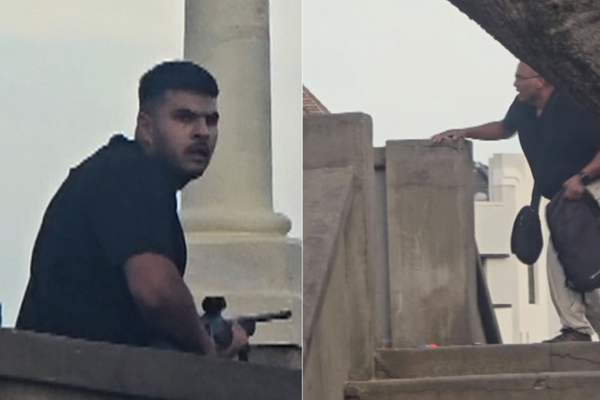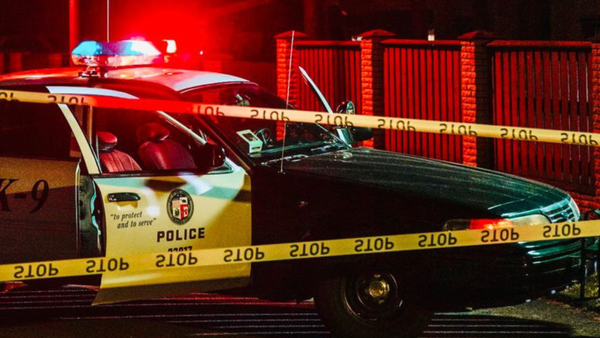
One year after a violent turf war erupted in northern Mexico between Los Chapitos and La Mayiza, federal authorities say factions of the Sinaloa Cartel have been weakened and no longer hold the same power and presence they had when the internal battle for control began after the arrests of Ismael "El Mayo" Zambada and Joaquín Guzmán López in July 2024.
During a visit to Culiacán, Mexico's Secretary of Defense Ricardo Trevilla Trejo said the Sinaloa Cartel is rapidly losing power, territory and influence across the country. He added that other criminal organizations, such as the Jalisco Cartel, and smaller groups like La Línea and the Beltrán Leyva Organization, have been moving into areas previously controlled by the cartel once led by Joaquín "El Chapo" Guzmán.
According to intelligence reports from the Defense Ministry and the Attorney General's Office, the Sinaloa Cartel is losing ground on multiple fronts. El Sol de México reported that the Cártel Jalisco Nueva Generación (CJNG) is attempting to push them out of the state of Chiapas and has nearly succeeded in forcing them out of the Jalisco region known as Los Altos.
In the northern state of Chihuahua, La Línea has also taken over territories formerly held by the Sinaloa Cartel. Meanwhile, in Sonora, the once-dominant criminal group is ceding ground to members of the Beltrán Leyva Organization, who are reclaiming areas that were long controlled by El Chapo and his sons.
The ongoing civil war between Los Chapitos and La Mayiza has weakened the Sinaloa Cartel to the point that it has lost control of 30 of the 42 routes and distribution centers it once dominated, officials said.
Although the criminal organization once led by El Chapo and El Mayo appears to be faltering, Trejo dismissed rumors suggesting the Jalisco Cartel is now operating in the state of Sinaloa. He said recent "narco mantas," or drug cartel banners, found across the state were spread by local groups aiming to sow disinformation.
"The largest deployment in Sinaloa is from the Army and the National Guard," Trejo said. "We have 11,000 personnel in the state, and no signs of CJNG presence have been detected."
Similarly, Mexico's Secretary of Security and Citizen Protection Omar García Harfuch said that between October 2024 and July 2025, federal authorities detained nearly 1,500 people with ties to criminal organizations in Sinaloa. Authorities also seized 3,000 firearms, which represent 20 percent of all weapons confiscated nationwide, according to Harfuch. In addition, they seized 53 tons of drugs and dismantled 91 laboratories in the state that were used to produce methamphetamine.
"Criminal organizations have definitely been weakened. At the start of the conflict, we saw convoys of several trucks here in Culiacán. Today, we haven't recorded that. These convoys are becoming less frequent. And although we had months with zero road blockades like at the beginning, that doesn't mean the situation is resolved. What we can say for sure is that it's not the same. These criminal groups no longer have the same firepower they had at the start," Harfuch said.
On July 25, Mexican President Claudia Sheinbaum said that one of the goals of her administration is to bring peace to communities in Sinaloa, which have spent the past 12 months caught in the crossfire of violent turf wars between Los Chapitos and Los Mayos.
"We are working to bring peace to Sinaloa, and that is going to happen," Sheinbaum said. "We are working every day. And when there is honesty, strategy and hard work, there are results. In Sinaloa and across the country. So of course, Sinaloa will be pacified," she added.
© 2025 Latin Times. All rights reserved. Do not reproduce without permission.











